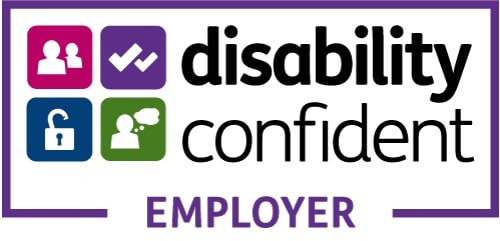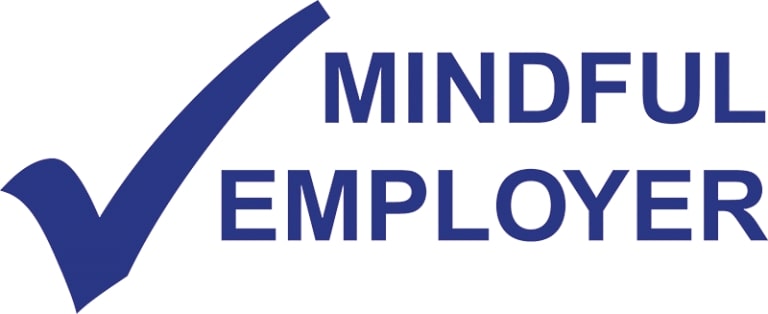Five customers joined us at a focus group to better understand the detail we must provide in our tenant friendly fire risk assessment reports.
Following a presentation from our compliance project surveyor, we asked for their feedback, opinions, and suggestions to enable us to provide clear and concise detail for all residents.
What happened next?
| Your questions | Our responses |
| Table discussion: Consider whether our ‘tenant friendly’ report provides too much, too little, or the right amount of detail. | The overall decision: the report content had the right amount of detail. |
| Could you include number of flats within block in the tenant friendly report? | It is important the tenant friendly version includes any fire risks identified in the building and the work required to manage the risk.
Information relating to the number of flats etc. is detailed in the full version of the fire risk assessment report and can be requested by residents at any time. |
| Evacuation plan: Bullet point paragraphs – to make them clear and easy to read (instead of full paragraphs) | This is a repeat of information contained in the fire action notice, which is posted on all scheme and flat notice boards in bullet point form. This will be removed in its entirety from the tenant friendly fire risk assessment report, as it’s already shared on the notice board. |
| Table discussion: How we should share the fire risk assessment with residents. E.g. letter, email, notice board etc. | The overall decision: the report should be shared on notice boards, with the option for residents to request a copy of the full report, if required. |
| Could one resident hold the full version for each block? | Any resident can request a full version of the fire risk assessment report for their building at any time. We feel that one specific resident holding the full version would carry too much responsibility, would be difficult to manage and isn’t inclusive for all. |
| We think the tenant friendly report should be updated every 6 months, and the full version available by email or post on request. | This was agreed and plans will be in place to update the tenant friendly version in our blocks and schemes every 6 months. |
| Any other fire risk questions? | |
| Would the electronic door entry/exit system be disabled in the event of a fire? This would be helpful information and should be included in the tenant friendly version. | When the fire alarm is activated, all internal doors will automatically return to a closed position but not lock, and the magnets will be disabled. This is to reduce the risk of a fire spreading throughout the building and allow easy opening of the doors. The main entrance doors will automatically open and remain in this position for easy evacuation. It was agreed that this information should be made available and will now be included in the annual fire safety letter for all residents. |
| New windows were fitted with a security/safety feature that restricts opening. However, customer was not informed that window could still be opened fully by overriding the restrictors (for fire exit etc). | We will ensure contractors fitting new windows will now explain the security setting to customers and how to override the restrictor stays, in the event of an emergency. |
| To have a clear understanding of the risk level grades, i.e. what does tolerable mean? | Selwood Housing’s current ratings for all schemes and flats: 200 tolerable, 30 moderate and 0 substantial. Risks are clarified by 3 main grades:
Tolerable: these are low risk, normal fire hazards but risk is managed. Moderate – these have some potential risk. We will have put actions in place, with deadlines set for completion. Substantial – these are high risk and would be dealt with immediately. |
| Are communal appliances in kitchens checked? | Communal electrical appliances and gas boilers are checked annually. |
| How often are fire checks carried out? | Risk assessments are carried out every 3 years in general needs blocks and annually in our sheltered and supported housing and care homes. |
| How are actions dealt with? | All actions are assigned to a specific team; the person who completes the action must supply photo evidence of it once complete. Once completed, the job is then passed to a manager for approval and sign off. |
| Fire inspections, why have I never seen a fire assessor in my flat? | The inspection is of communal areas, up to the front door of flats. We also need to check a proportion of flat front doors; the expectation is that the assessor checks a minimum of 2 flat doors but makes a concerted effort to get access to all flats. It’s therefore not unusual that a customer won’t always see the assessor.1 |
| What does it mean by ‘stay put’? This sounds concerning. | The “stay put” message is in place where the property has fire doors – these provide 30 minutes of protection which should allow emergency services enough time to attend.2 The ‘stay put’ procedure is clearly set out in the fire action notice, located on all scheme and flat notice boards. |
| Any other general questions? | |
| If a resident raises a communal issue, could they be a point of contact for the op/contractor (as they would be aware of the issue and could meet contractor when they arrive to discuss)? | This has been passed to our head of housing and responsive repairs, to ask if it is possible to add this information to repair orders in future. This point has also been raised through another customer survey recently and is being addressed. We will update shortly. |
| Why do Selwood not allow any pictures etc on communal area walls? | Selwood Housing operate a clear corridor policy, this is to eliminate any fire/risk hazards. |
1Our fire risk assessors only inspect up to the flat door because, under the Regulatory Reform (Fire Safety) Order 2005, the responsibility is limited to the communal areas of the building. The fire safety order applies to shared spaces, ensuring these areas are safe and accessible in case of emergency.
2The ‘stay put’ guidance is in place for properties that are specifically designed to contain fire, such as those with fire doors and compartmentalised structures, which provide up to 30 minutes of fire and smoke protection. This time is typically sufficient for the emergency services to respond and manage the situation safely. In most cases, the safety course of action for residents is to remain in their flats unless directly affected by fire or smoke. Evacuating prematurely can lead to greater risk, such as exposure to smoke or hindering emergency response efforts.


